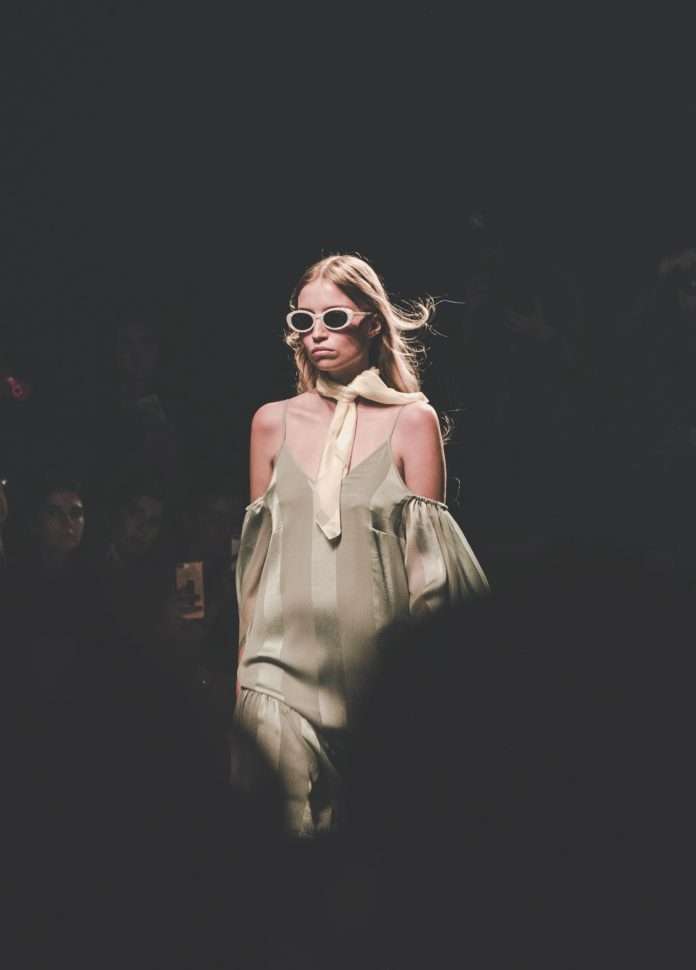From Fairtrade to B Corp, these ethical certifications and labels are bringing sustainability and transparency to the fashion industry.
Today’s consumers are becoming increasingly conscious of the impact of their purchases on the environment. As a result, the market is likely to back companies that align with their values and are willing to pay more.
But in times of greenwashing, how do we even know if what we are buying is a better choice for the planet? Education is the key.
There are numerous sustainable labels and certifications out there and when it comes to fashion, it can be a minefield. Yes, there are sustainable fabrics but there are also certifications like GOTS, Organic, Oeko Tex, and much more.
Purchasing sustainable materials is the first step to eco-fashion but if you want to support a holistic, sustainable business, then reading the labels on your potential purchases is key. These eco-labels help consumers identify if the products are harmful to animals, the planet, and humans.
It helps that from 2023, the European Union, home to some of the world’s biggest fashion brands will include colour-coded labels informing customers about the products’ environmental impact. While this is a good start, what do labels really mean?
Here are some of the most important sustainable clothing labels to know before making your next purchase.
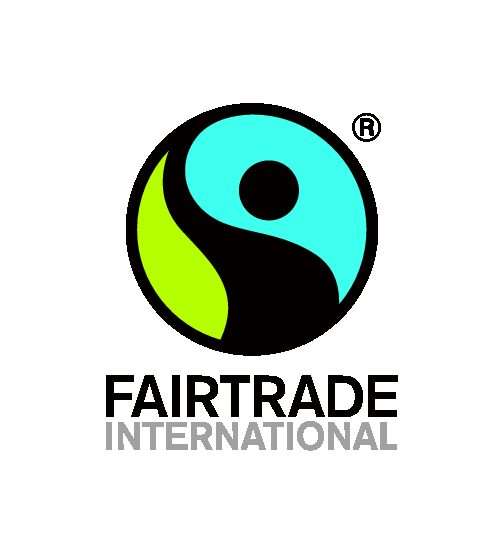
1. Fairtrade
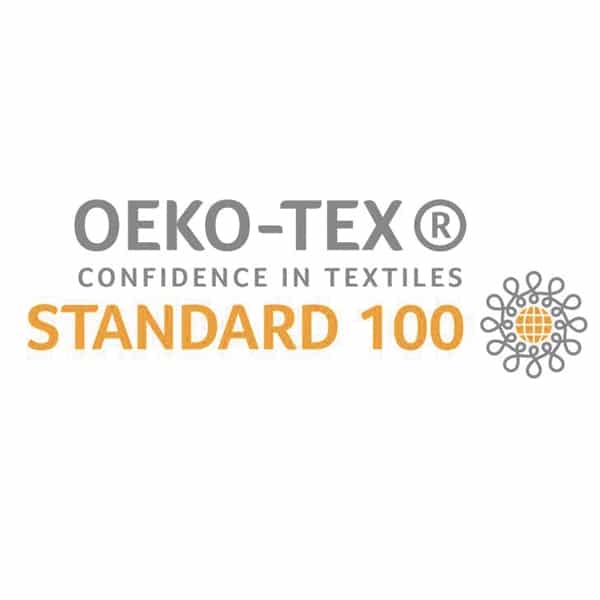
2. Oeko-Tex
To attain the Oeko-Tex Standard 100 certification, the fabric has to be tested and certified to be free from more than 100 substances known to harm human health. These include substances such as banned azo dyes, formaldehyde, pentachlorophenol, cadmium, nickel, lead, and numerous other harmful chemicals.
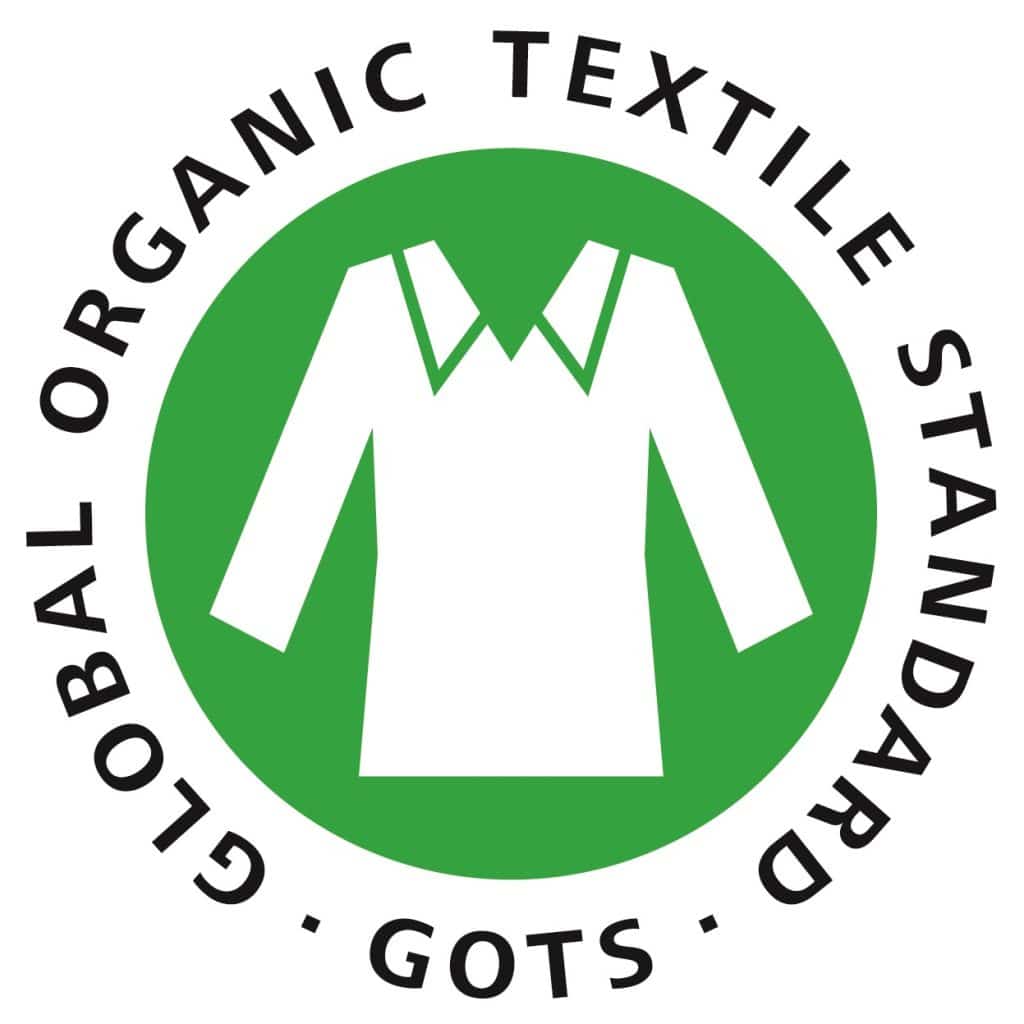
3. The Global Organic Textile Standard (GOTS)
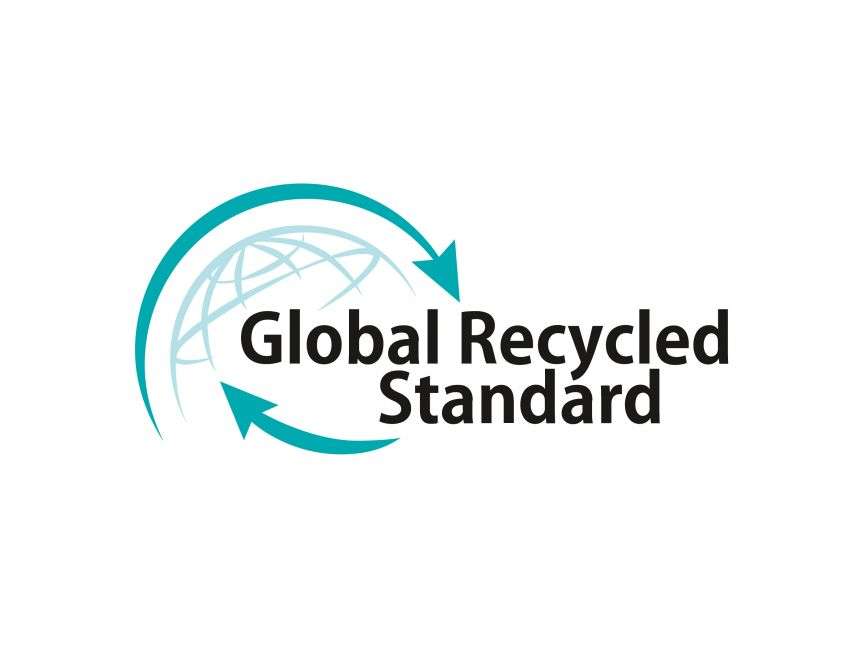
4. The Global Recycled Standard
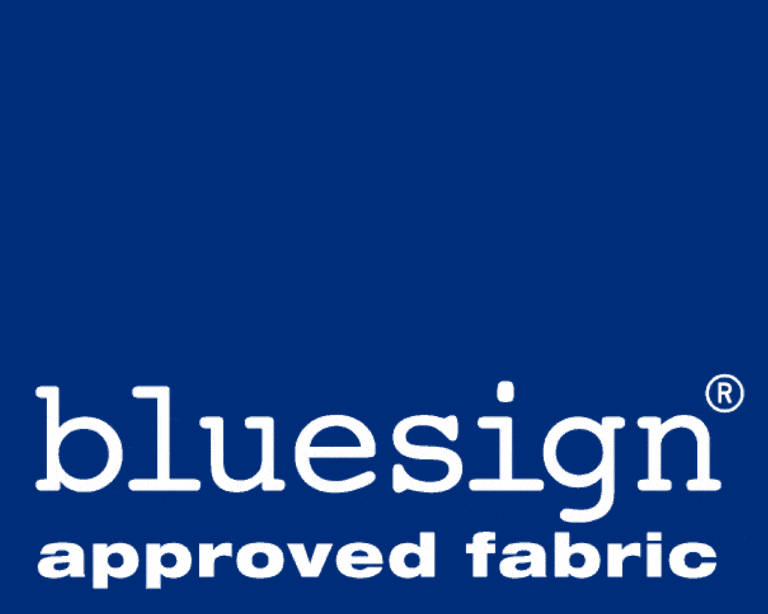
5. Bluesign
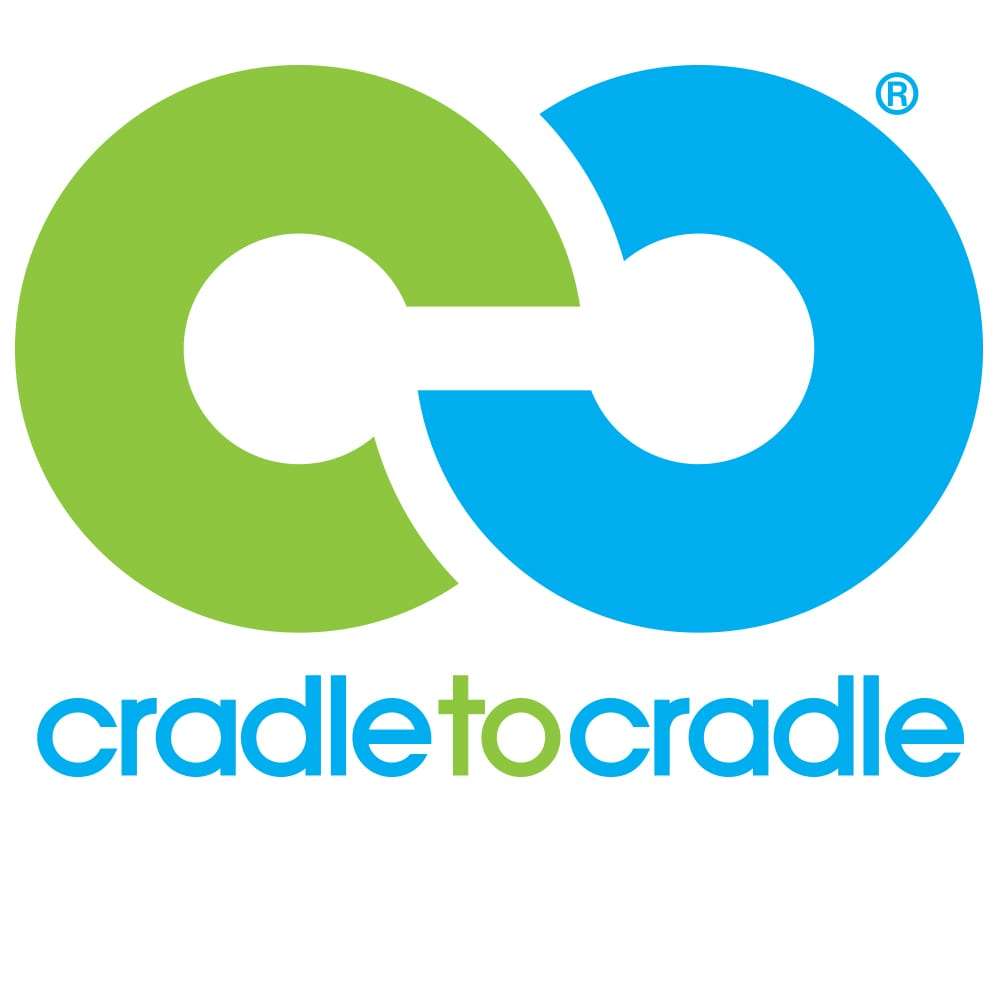
6. Cradle to Cradle Certified Product Standard
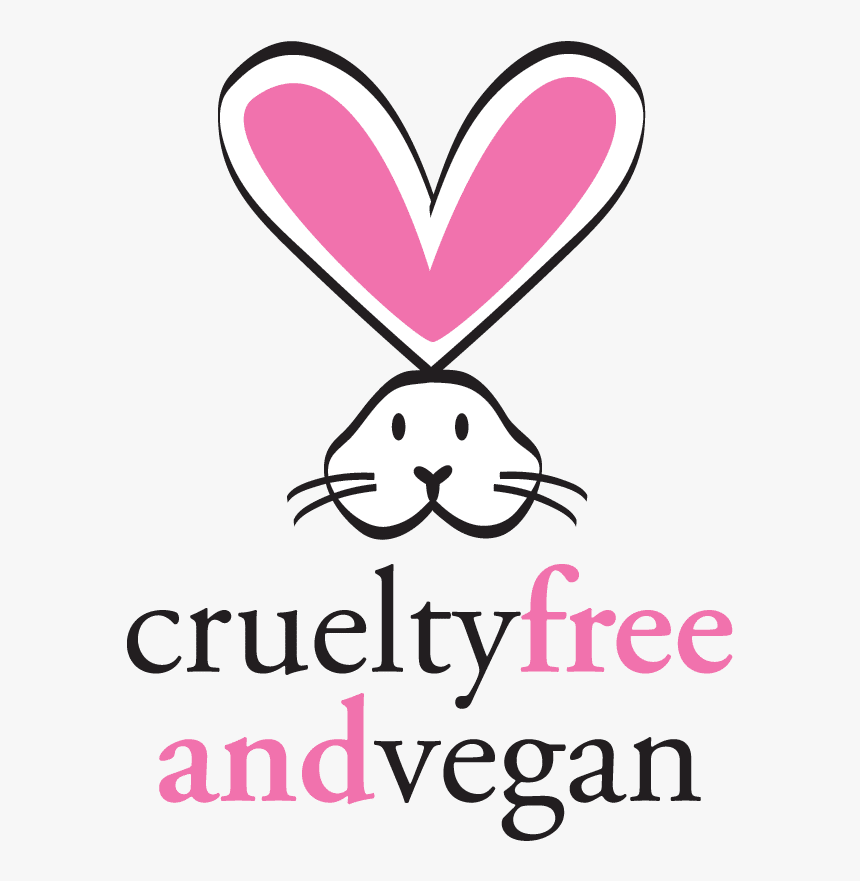
7. Cruelty-Free bunny logo
PETA (People for the Ethical Treatment of Animals) has 2 approved logos. One that signifies that the products bearing its insignia are vegan and contain no animal ingredients or by-products. It also means that the brand uses no animal ingredients or by-products in the manufacturing process, or conducts any animal testing. There’s also a cruelty-free logo that states that brands verify that they and their suppliers do not conduct, commission, pay for, or allow any tests on animals for their ingredients, formulations, or finished products anywhere in the world. A product can be cruelty-free, but not necessarily vegan therefore there are two PETA logos that one needs to take note of.
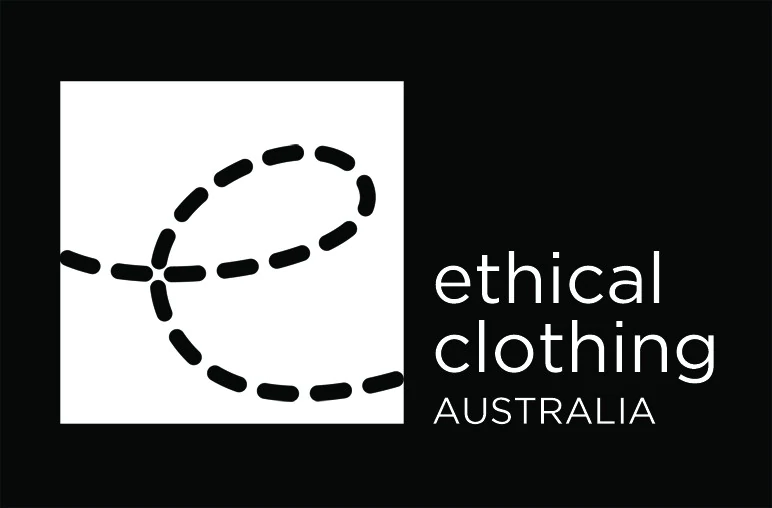
8. Ethical Clothing Australia
This accreditation and labelling system provides consumers and buyers a way to identify and support ethically-made Australian textiles. It maps a business’ Australian supply chain from design to dispatch, making sure that workers are compensated adequately and work in safe conditions.
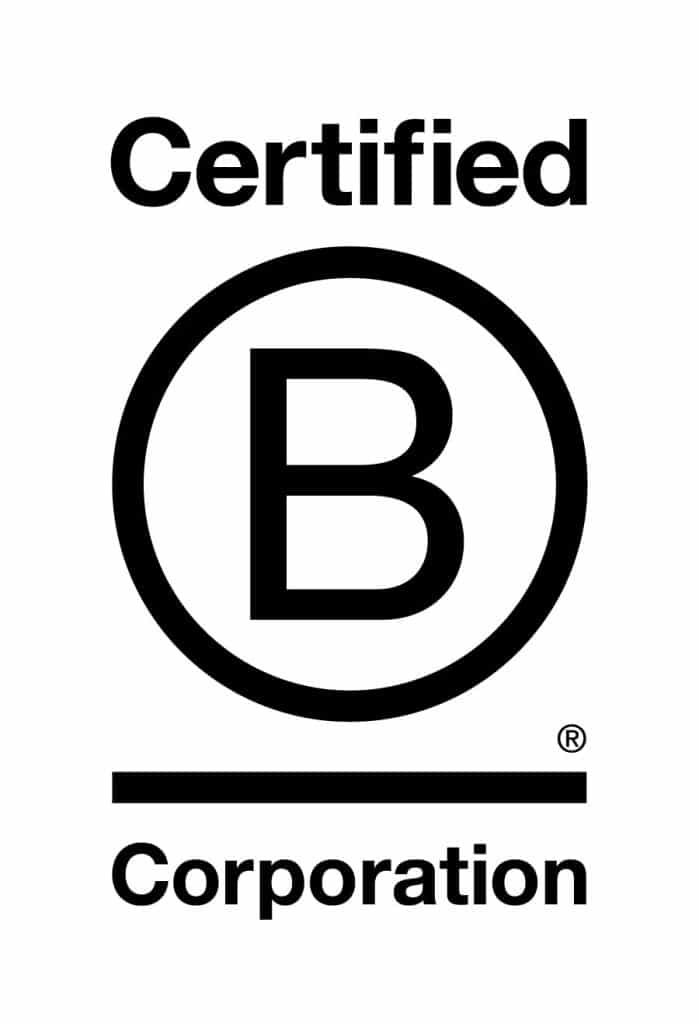
9. B Corp Certification
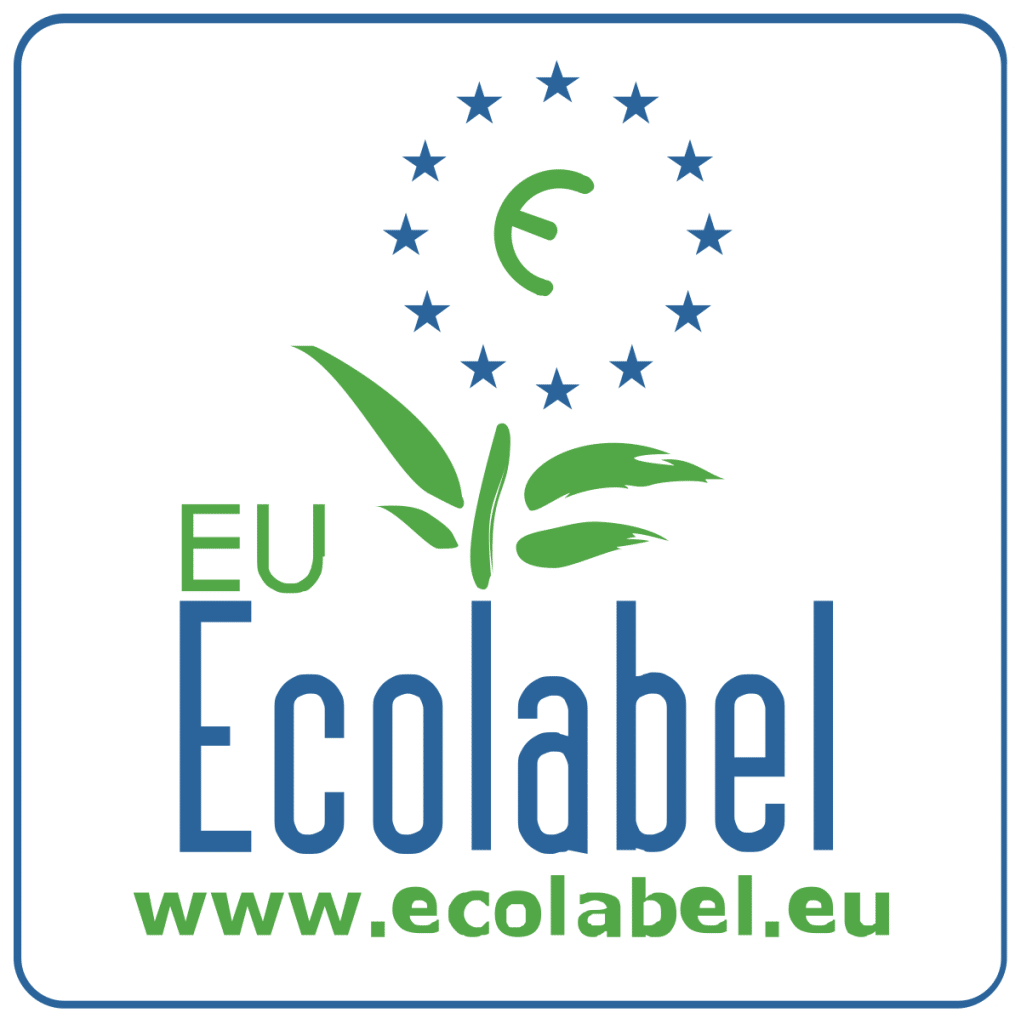
10. Ecolabel
This is a label of environmental excellence awarded to products and services that meet high ecological standards throughout their life cycle: from raw material extraction to production, distribution, and disposal.
Other Resources
Good On You is a rating system that helps customers identify which fashion brands are the “least” and “most” ethical based on metrics like transparency, fair working conditions, environmental production practices, and animal welfare. The system has analyzed more than 3,000 brands by collecting 500 data points across more than 100 key sustainability issues, indicators, and standards systems (including Fair Trade, Cradle to Cradle, OEKO-TEX STeP, and the Global Organic Textile Standard). Their methodology aggregates the collected data into a simple 5-point score — from 1 ‘We Avoid’ this brand to 5, this brand is ‘Great’.
Sustainable Markets Initiative’s Fashion Taskforce is a task force that works on a digital ID system designed to inform consumers of sustainability credentials. The group is also exploring how regenerative farming practices can reverse the damage being done to the planet. Some brands that are part of this process includes Burberry, Giorgio Armani, Chloé, and Stella McCartney.
Reprinted with permission from abillion
Related on Ethos:

